- About us
- Support the Gallery
- Venue hire
- Publications
- Research library
- Organisation chart
- Employment
- Contact us
- Make a booking
- Onsite programs
- Online programs
- School visit information
- Learning resources
- Little Darlings
- Professional learning
William Lanne (ca. 1835-1869), also known as King Billy or William Laney, is said to have been Trukanini's third partner. Lanne was captured along with his family in 1842 and taken to the Aboriginal camp at Wybelenna on Flinders Island. He moved for a time to Oyster Cove in 1847, before spending the years until 1851 in a Hobart orphanage. Four years later he joined a whaling ship. Regarded as the last surviving male of the Oyster Cove clan, Lanne died in March 1869 from a combination of cholera and dysentery. Following his death an argument broke out between England's Royal College of Surgeons and Tasmania's Royal Society over who should have his remains for scientific purposes. A member of the College of Surgeons, William Crowther, managed to break into the morgue where Lanne's body was kept, decapitating the corpse, removing the skin and inserting a skull from a white body into the remnants. The Royal Society, discovering Crowther's work, moved to thwart any further violations by amputating the hands and feet and discarding them separately. In this state, Lanne's body was buried.
Collection: National Portrait Gallery
Purchased with funds provided by
Allanah Dopson & Nicholas Heyward 2009
Charles Woolley (age 32 in 1866)
J.W. Beattie (age 7 in 1866)
William Lanne (age 32 in 1866)
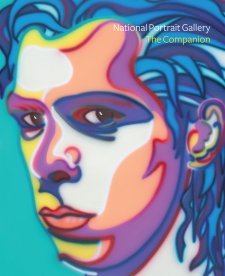
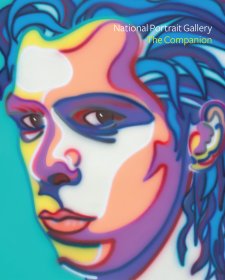
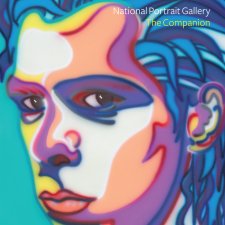
On one level The Companion talks about the most famous and frontline Australians, but on another it tells us about ourselves.

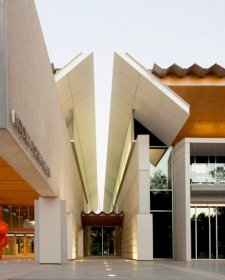
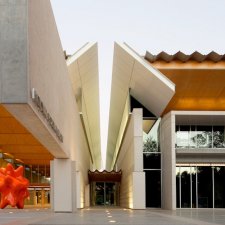
Visit us, learn with us, support us or work with us! Here’s a range of information about planning your visit, our history and more!
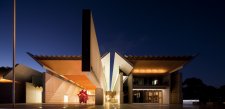
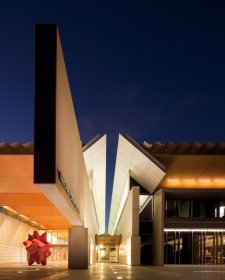
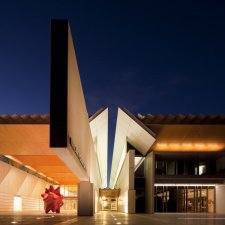
We depend on your support to keep creating our programs, exhibitions, publications and building the amazing portrait collection!